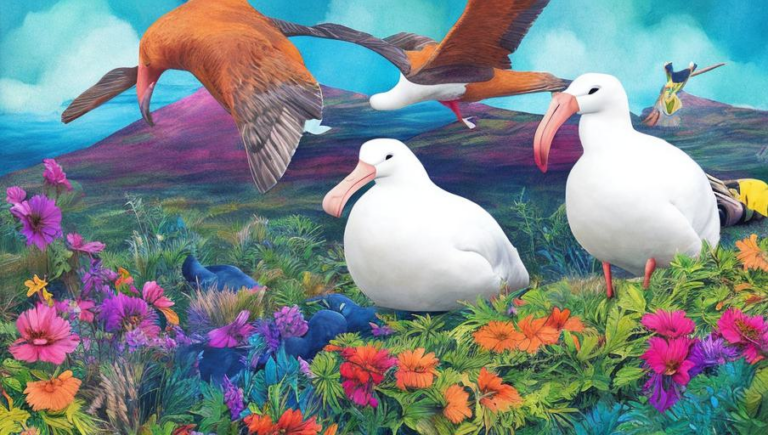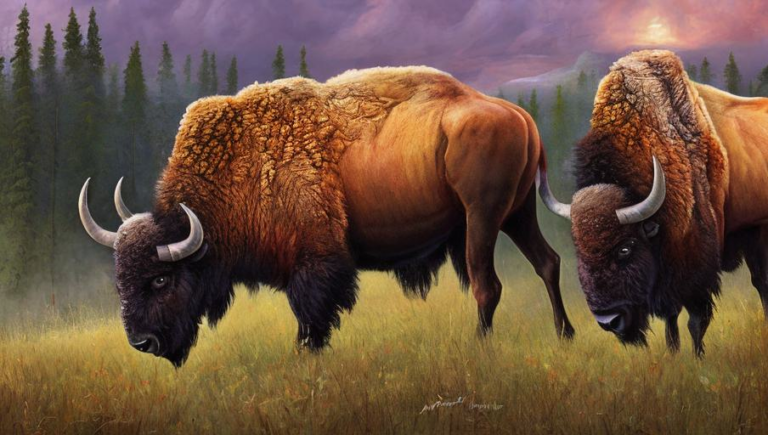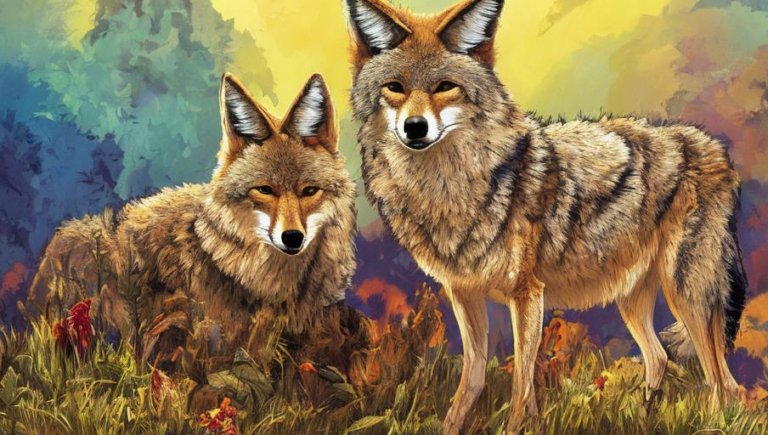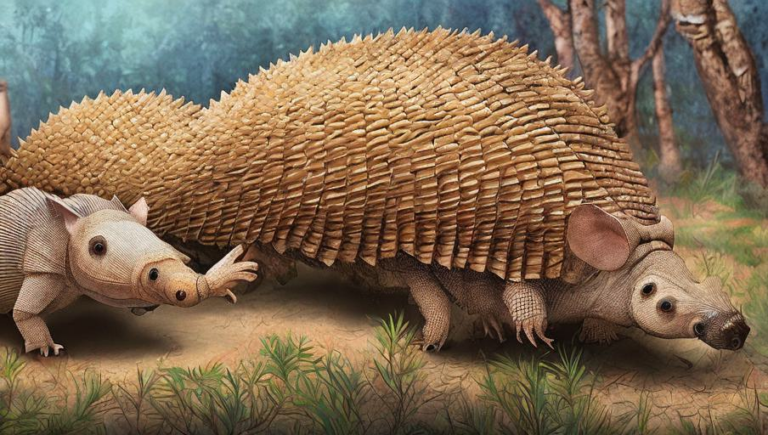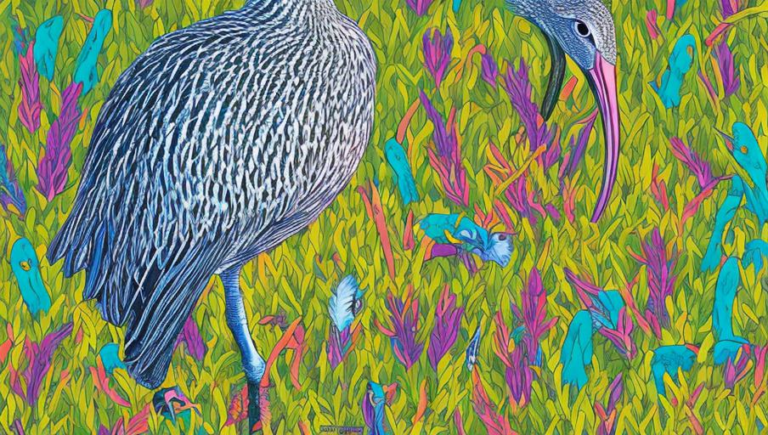No Endangered Species? The Impact of Bison Hunting
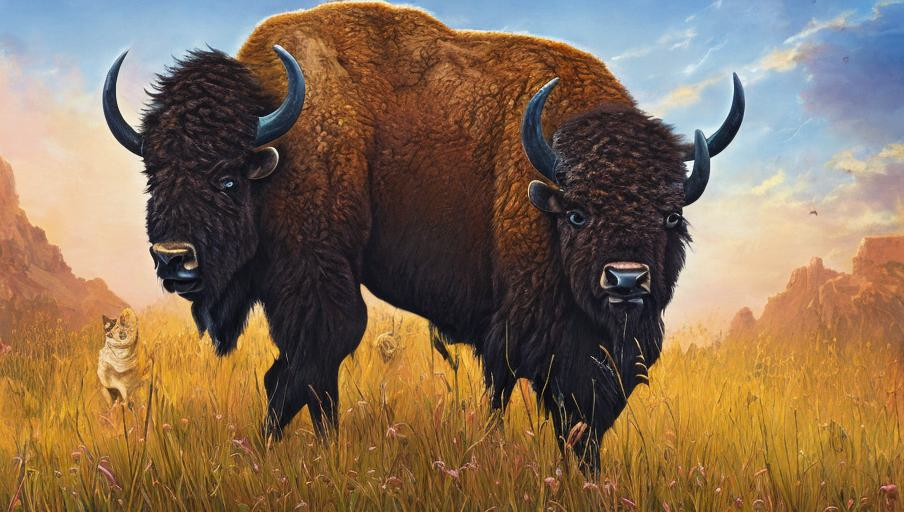
Introduction
Bison, also known as buffalo, are an iconic species that were once found throughout the United States and Canada. Bison were an important source of food and materials for Native Americans, and their population was estimated to be between 30 and 60 million animals. Unfortunately, bison hunting and other activities had a devastating impact on the species and their numbers plummeted. Today, the population of bison in the United States is estimated to be less than 30,000 animals.
The Impact of Bison Hunting
Bison hunting was a common practice in the late 19th century, and as a result, bison numbers decreased dramatically. By the late 1880s, the bison population had dropped to around 1,000 animals. While this decline was due to a variety of factors, including disease and competition with livestock, the most significant factor was bison hunting. Between 1872 and 1874, more than two million bison were killed for their hides and meat. This resulted in the near-extinction of the species.
The Legacy of Bison Hunting
The impact of bison hunting was devastating, but it also had a lasting legacy. Bison hunting was a major factor in the displacement and displacement of Native American tribes, as well as the destruction of their traditional way of life. Additionally, the decimation of the bison population had a major impact on the environment, as bison were an important source of food for predators and other animals. Finally, bison hunting also had a major impact on the economy, as it resulted in the loss of a valuable resource and the destruction of an important industry.
Protecting Bison
In the early 1900s, the U.S. government began to take steps to protect bison. In 1906, the American Bison Society was formed, and it worked to establish bison reserves and preserve bison habitat. Additionally, the US Congress passed the National Bison Range Act of 1906, which established the first National Bison Range in Montana. The Range was intended to protect bison from hunting and poachers, and it remains in operation today. In addition, the U.S. government has established other bison ranges and conservation areas, as well as programs to reintroduce bison to the wild.
Conclusion
Bison hunting had a devastating impact on the species, leading to its near-extinction. Fortunately, the U.S. government and other organizations have taken steps to protect bison and preserve the species. Today, the bison population is slowly increasing, but it is still far below its original numbers. It is important to continue to protect bison and their habitats to ensure that the species continues to survive and thrive.
